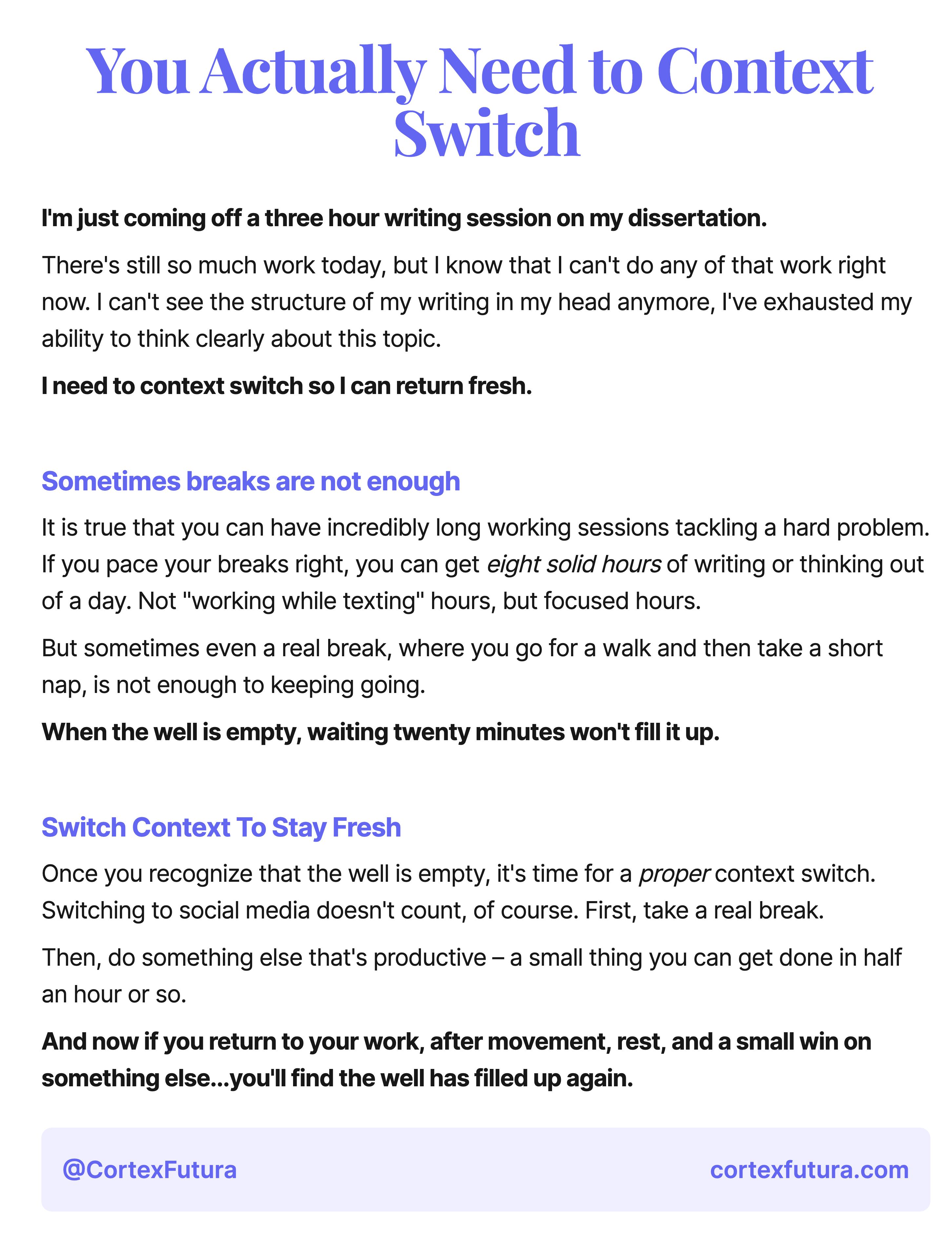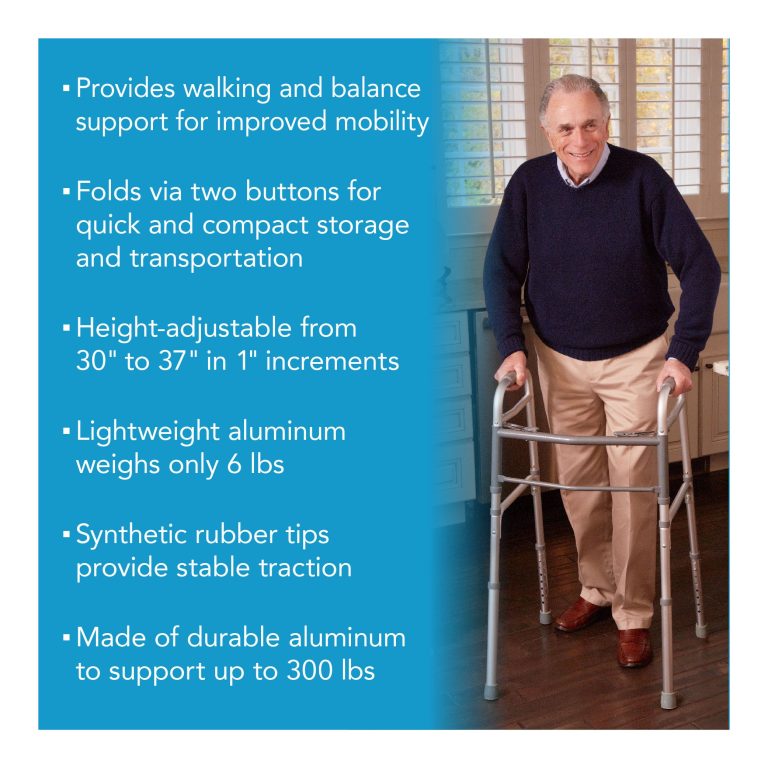How Long to Walk for It to Be Effective: Uncover the Truth
To be effective, aim to walk for at least 30 minutes each day. Walking for this duration helps improve cardiovascular health and overall fitness.
Walking is an excellent form of exercise that can be easily incorporated into your daily routine. Whether it’s a brisk walk in the morning or a leisurely stroll in the evening, regular walking offers numerous health benefits. From weight management to reducing the risk of chronic illnesses, its impact on physical and mental well-being is significant.
This low-impact, low-cost activity can be enjoyed by people of all ages and fitness levels. Additionally, walking in nature can also have a positive impact on your mental health, reducing stress and enhancing overall well-being. So, lace up your shoes and take that step towards a healthier lifestyle!

Credit: www.cortexfutura.com
Benefits Of Walking
Walking is an effective way to stay fit and improve overall health. Even a short walk of 30 minutes a day can yield significant benefits, such as weight loss, cardiovascular health, and stress reduction.
Improves Cardiovascular Health
Regular walking has numerous benefits for your cardiovascular health. It helps to strengthen your heart and improve blood circulation throughout your body.Walking at a brisk pace raises your heart rate and boosts oxygen flow, which enhances the health of your heart and blood vessels. It also lowers the risk of various cardiovascular diseases such as heart attack, stroke, and hypertension.
By engaging in a moderate-intensity walking routine for just 30 minutes a day, you can make a significant difference in your cardiovascular health. Whether it’s walking to work, taking a stroll during lunch break, or going for an evening walk, every step counts towards a stronger heart and a healthier body.
Boosts Mood And Mental Well-being
In addition to its physical benefits, walking has a positive impact on your mood and mental well-being.When you walk, your brain releases endorphins, which are natural mood-boosting hormones. These endorphins promote feelings of happiness and reduce stress and anxiety.
Regular walking can also help alleviate symptoms of depression, improve concentration, and enhance overall mental clarity. It provides a refreshing escape from our busy lives, allowing us to connect with nature and clear our minds.
Overall Health And Well-being
Walking is a simple yet effective way to improve your overall health and well-being. It offers countless benefits beyond cardiovascular health and mood improvement.By incorporating walking into your daily routine, you can:
- Manage weight and prevent obesity
- Strengthen bones and muscles
- Improve digestion and metabolism
- Enhance immune function
- Reduce the risk of chronic diseases like diabetes and cancer
In conclusion, walking offers numerous benefits for your cardiovascular health, mood, and overall well-being. Incorporating a daily walking routine, even if it’s just for a short duration, can have long-term positive effects on your physical and mental health. So put on your walking shoes, step outside, and start reaping the benefits of this simple yet powerful activity.
Factors Affecting Walking Effectiveness
To be effective, walking should be done for at least 150 minutes per week, in bouts of 10 minutes or more. Factors influencing its effectiveness include walking intensity, duration, and frequency. Varying the pace and incorporating uphill terrain can enhance the overall effectiveness of a walking routine.
Factors Affecting Walking Effectiveness When it comes to walking for fitness, there are several factors that can influence its effectiveness. Duration of walking, and intensity of walking are two key factors that play a significant role in the benefits you can gain from this simple yet powerful exercise.Duration Of Walking
The duration of your walking sessions directly impacts the effectiveness of this exercise. Longer durations of walking provide more opportunities to burn calories and improve cardiovascular health. It is recommended to aim for at least 150 minutes of moderate-intensity walking per week to experience substantial health benefits.Intensity Of Walking
The intensity of your walking also determines its effectiveness. Higher intensity walking, such as brisk walking, can significantly boost the calorie-burning effect and improve cardiovascular endurance. Adding intervals of faster walking or incorporating uphill terrain can increase the intensity and overall effectiveness of your walking routine. In addition to these factors, it’s important to note that factors such as incline, terrain, and proper form can also significantly impact the effectiveness of your walking workouts. By considering these factors and tailoring your walking routine accordingly, you can maximize the benefits of this accessible and enjoyable form of exercise.Recommended Duration For Effective Walking
When it comes to walking, hitting the right duration is key for reaping its benefits. Let’s delve into the recommended duration to make your walking routine effective.
National Guidelines
For adults, the national guidelines recommend at least 150 minutes of moderate-intensity walking per week.
Research Findings
A study published in the American Journal of Public Health found that walking 30 minutes a day significantly improves cardiovascular health.

Credit: twitter.com
Tips For Making Walking More Effective
To ensure walking is effective, aim for at least 30 minutes a day. Consistency is key, focusing on duration rather than speed. Incorporate intervals and varied terrain to maximize results. Remember to listen to your body to prevent injury and stay motivated.
Incorporating Intervals And Inclines
One effective way to maximize the benefits of your walking routine is to incorporate intervals and inclines into your walks. By adding short bursts of higher intensity intervals, you can elevate your heart rate, burn more calories, and improve cardiovascular fitness.
Intervals can be as simple as alternating between brisk walking and a slower pace. For example, walk at a brisk pace for two minutes, then slow down to a leisurely stroll for one minute. Repeat this pattern throughout your walk.
Another way to make your walks more challenging is to include inclines. Walking uphill not only engages different muscle groups but also intensifies your workout. Look for hilly routes in your neighborhood or find a treadmill with an incline feature to simulate uphill walking.
By incorporating intervals and inclines, you can make your walking routine more effective in terms of calorie burn and overall fitness improvement.
Adding Strength And Resistance Training
While walking is primarily a cardiovascular exercise, you can further enhance its effectiveness by incorporating strength and resistance training exercises. These activities help build muscle strength, improve balance, and increase your overall stamina.
During your walk, you can include bodyweight exercises such as squats, lunges, or push-ups. Find a suitable location, such as a park bench or a sturdy tree, to perform these exercises. Alternatively, you can bring lightweight resistance bands to add resistance to your movements.
Gradually increase the number of repetitions or the resistance level to continuously challenge your muscles. Combining strength and resistance training with your walking routine can help you build lean muscle mass and boost your metabolism, resulting in more effective weight loss and increased fitness levels.

Credit: www.amazon.com
Frequently Asked Questions Of How Long Do You Have To Walk For It To Be Effective
How Long Does It Take For Walking To Show Results?
Results from walking can typically be seen in a few weeks with consistency. Improvement in fitness, weight loss, and overall health may be noticeable within this timeframe.
How Fast Do You Have To Walk For It To Be Effective?
To be effective, aim for a brisk pace, typically around 3 to 5 miles per hour. This helps raise your heart rate and improve cardiovascular fitness. Keep it consistent for at least 30 minutes most days of the week.
How Long Does It Take To Walk To Start Working?
Walking can start working within a short time. Generally, it takes about 10 to 15 minutes of gentle walking for your body to start feeling the benefits. This can include increased circulation, improved mood, and reduced stress. Remember, consistency is key to achieve long-term health benefits.
How Long Do I Have To Walk To Get In Shape?
To get in shape, you should aim to walk for at least 30 minutes every day. This will help improve your cardiovascular fitness, strengthen your muscles, and burn calories. Consistency is key, so try to make walking a regular part of your routine.
Conclusion
The effectiveness of walking depends on various factors such as duration, intensity, and frequency. Aim for at least 30 minutes a day, but even short walks can be beneficial. Stay consistent with your walking routine to experience its full benefits.
Remember that any amount of walking is better than none at all!





